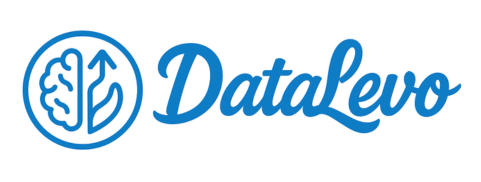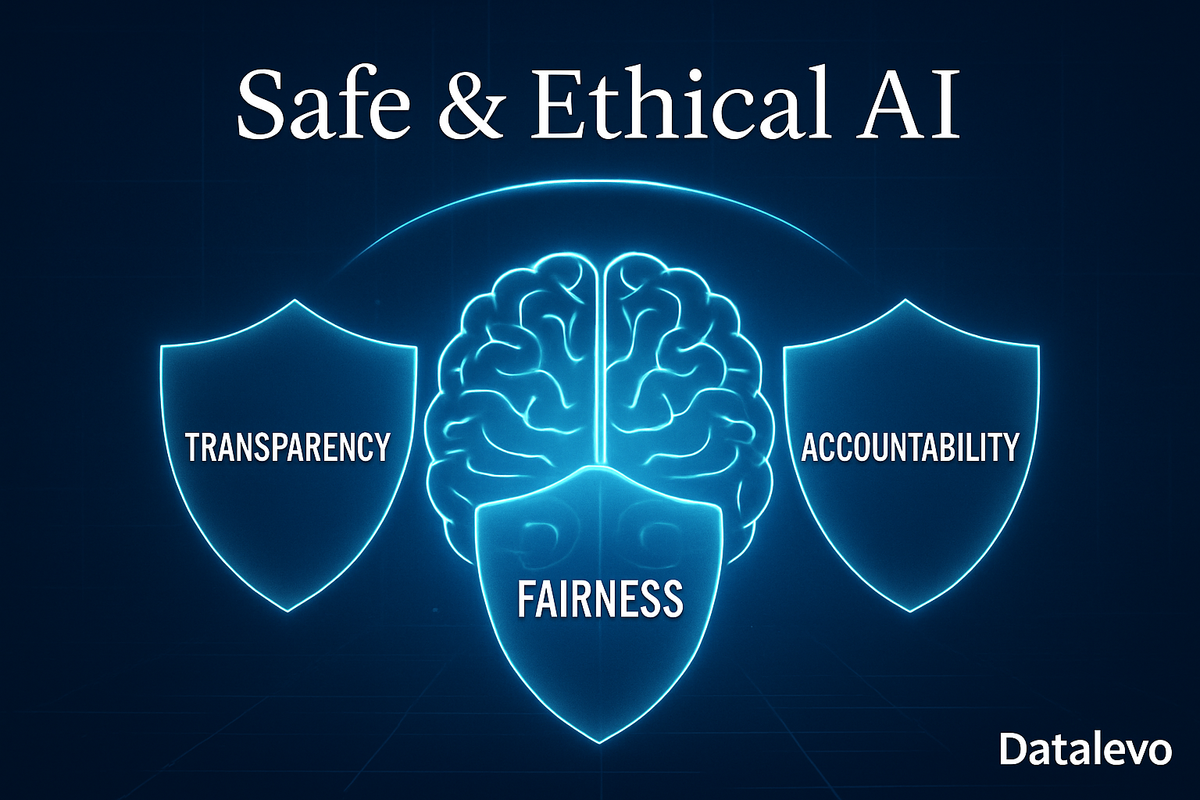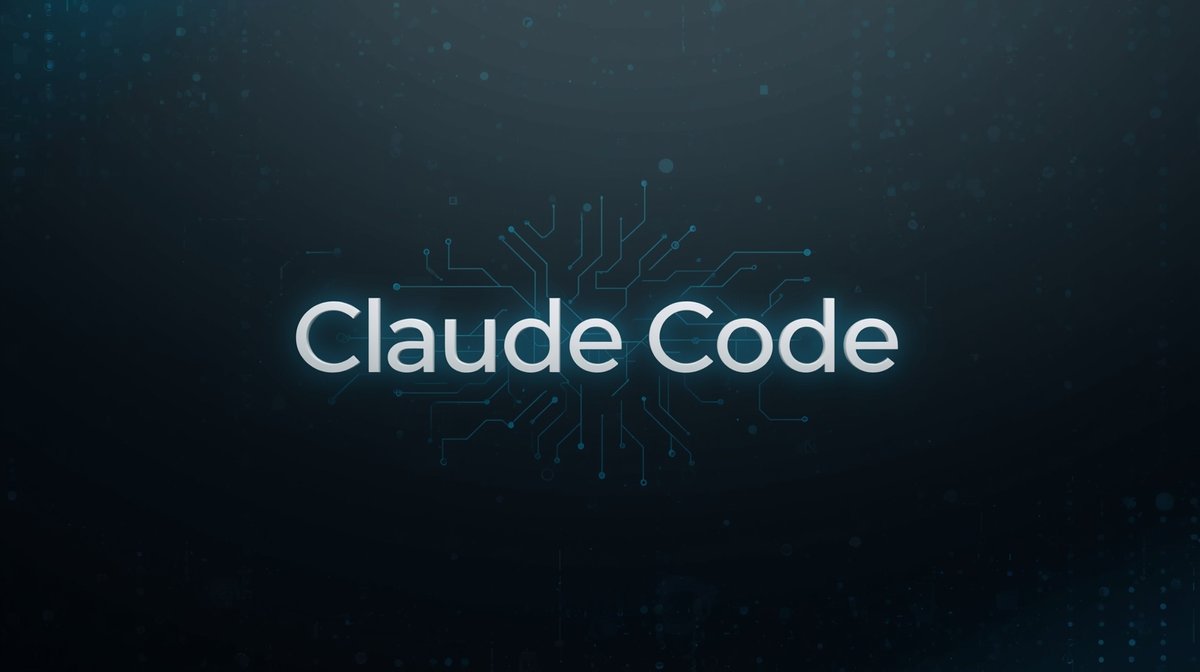Have you ever felt that knot in your stomach after deploying a new AI system? It’s a bit like giving the keys to your car to a brilliant driver who refuses to tell you where they’re going. You know the technology is powerful, but you worry about the decisions it makes in the dark. This “black box” dilemma is a real source of anxiety, creating systems that can introduce bias or make critical judgments we can’t fully understand or defend.
But what if you could swap that anxiety for assurance? This is exactly where a framework for Safe & Ethical AI becomes your guiding star. Think of it not as a set of restrictions, but as a blueprint for building smarter, more reliable systems. It’s the key to turning that opaque black box into a transparent glass box, ensuring the AI you build is fair, accountable, and drives innovation that you can truly stand behind.
What is Safe & Ethical AI, Really?
Safe & Ethical AI means building and operating Artificial Intelligence so it benefits people while minimizing harm. That requires engineering for fairness (bias testing and mitigation), privacy-first data practices, explainability, continuous monitoring, and human-in-the-loop controls — plus clear governance, accountability, and regulatory alignment.
Rather than restricting innovation, these principles make AI safer, more reliable, and easier for businesses to trust and scale. Think of ethical frameworks not as limits but as practical guardrails and operating procedures: they translate values into specific controls, audits, and responsibilities so AI systems perform reliably, respect user rights, and reinforce your company’s brand and legal obligations.
Safe and Ethical AI is a comprehensive approach to designing, developing, and deploying artificial intelligence systems that actively prioritize human well-being and societal values. It is a commitment to ensuring AI operates fairly, transparently, and accountably, while respecting user privacy and security. The core goal is to maximize AI’s benefits while proactively minimizing its potential harms.
But let’s go a bit deeper. To truly grasp the concept, it’s helpful to understand how it connects to its closest cousins: Responsible AI and AI Governance.
- Ethical AI is the “Why.” It’s the moral philosophy. It asks the big questions: What is fair? What is the right thing to do? What impact will this have on people? It’s the moral compass that guides your entire strategy.
- Responsible AI is the “How.” This is the practical application of your ethics. It involves the specific techniques, processes, and design choices you make to build your ethical principles directly into your AI systems. If your ethics say “be fair,” your responsible AI practice is to actively audit your data for bias and implement mitigation techniques.
- AI Governance is the “What.” This is the formal structure of accountability. It’s the set of policies, the review boards, the standards, and the roles and responsibilities you establish. It’s the rulebook that everyone in the organization agrees to follow to ensure you are consistently practicing responsible AI based on your ethical principles. As of late 2024, a landmark study from Deloitte showed that companies with a formal AI Governance structure were 50% more likely to build high levels of customer trust than those without.
To make it even clearer, let’s look at what Safe & Ethical AI is and what it isn’t.
What Safe & Ethical AI IS:
- A Strategic Advantage: It builds profound trust with your customers and sets you apart from competitors who are still treating AI as a risky “black box.”
- A Risk Management Tool: It helps you proactively identify and mitigate legal, reputational, and financial risks before they spiral out of control.
- An Innovation Driver: By creating clear “rules of the road,” it gives your data scientists and developers the confidence to innovate and push boundaries safely.
What Safe & Ethical AI IS NOT:
- A Blocker to Progress: It’s a common myth that ethics slow things down. In reality, it prevents the kind of catastrophic failures that can halt progress for months or years.
- A Simple Checklist: It’s not a one-and-done task you can check off. It is an ongoing commitment, a cultural mindset that must be nurtured and adapted as technology evolves.
- Just a Tech Problem: It is a business-wide concern that requires input from legal, HR, marketing, and leadership, not just the IT department.
Ultimately, embracing this discipline means you’re committing to being a leader in the next era of technology—an era where the most successful companies will be the most trustworthy ones.
The 5 Pillars of Trustworthy AI: A Framework for Success
So, we’ve established that Safe & Ethical AI is the goal, the “constitution” for our digital workforce. But what does that constitution actually say? What are the core articles and amendments that give it meaning?
From my experience helping organizations navigate this landscape, I’ve found that the most successful frameworks are built upon five foundational pillars. Getting these right is the difference between an AI strategy that inspires confidence and one that causes constant anxiety.
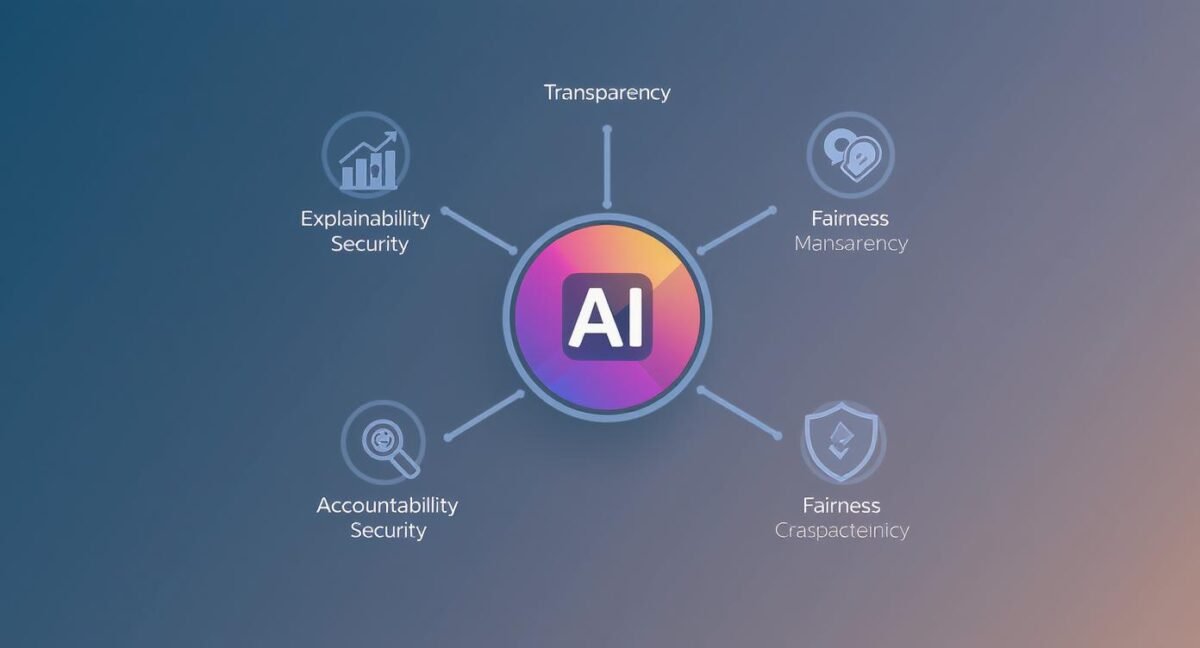
Let’s walk through each pillar one by one.
Pillar 1: Transparency & Explainability (XAI)
The Core Idea: At its heart, transparency is about being able to answer one simple, crucial question: “Why?” Why was this applicant’s loan denied? Why was this a-d shown to this user? Why was this abnormality flagged in a medical scan? If your only answer is “because the algorithm decided,” you don’t have transparency.
Why It Matters: Imagine a customer calls, furious because their insurance premium just doubled. If your support agent can only say, “The system made a decision,” you’ve not only lost that customer, but you’ve also created a reputational risk. Without transparency, you’re operating on blind faith. Explainability turns that black box into a glass box, allowing you to understand, question, and trust the outcomes.
Putting It into Practice: This is where the field of explainable AI (XAI) comes into play. It’s a set of tools and methods designed specifically to interpret and translate complex model decisions into human-understandable terms. This could involve:
- Feature Importance: Identifying the top three or four data points that most influenced a specific decision (e.g., “The loan was denied primarily due to a high debt-to-income ratio and a recent credit inquiry.”).
- Counterfactuals: Providing “what-if” scenarios (e.g., “The loan would have been approved if the requested amount was 15% lower.”).
- Implementing XAI Tools: Using specialized libraries and platforms that integrate with your models to generate these explanations automatically, making them available to your auditors, customer service teams, and even your customers.
Pillar 2: Fairness & Bias Mitigation
The Core Idea: An AI system will only ever be as unbiased as the data it’s trained on. Since our world is full of historical and societal biases, data often reflects that reality. The principle of fairness is about acknowledging this and taking active steps to ensure your Artificial Intelligence doesn’t perpetuate or, even worse, amplify those harmful biases.
Why It Matters: The cautionary tales are famous for a reason. There was the hiring tool trained on a decade of data from a male-dominated tech company that learned to penalize resumes containing the word “women’s” (as in “captain of the women’s chess club”). This isn’t theoretical; AI bias can lead to discriminatory outcomes that damage lives and expose your organization to serious legal and ethical repercussions.
Putting It into Practice: Achieving algorithmic fairness is an active, ongoing process.
- Data Audits: Before you even begin training, rigorously audit your datasets. Are certain demographics underrepresented or overrepresented? Are there proxies for sensitive attributes (e.g., is a postal code acting as a proxy for race)?
- Define Fairness Metrics: Decide what “fairness” means for your specific use case. Does it mean achieving the same outcomes across different groups (demographic parity)? Or does it mean having an equal rate of true positives and false positives (equalized odds)?
- Use Mitigation Tools: Employ in-processing techniques or post-processing adjustments to correct for the biases you discover, ensuring your model’s predictions are as equitable as possible.
Pillar 3: Robustness & Security
The Core Idea: A trustworthy AI system needs to be tough. Like a well-built bridge, it must withstand stress, perform reliably under unexpected conditions, and be secure from those who might try to break it. Robustness means your AI does what it’s supposed to do, consistently and safely, even when things get weird.
Why It Matters: An AI that isn’t robust is a liability waiting to happen. Consider a self-driving car’s image recognition system. Researchers have shown that by strategically placing a few small stickers on a stop sign—an “adversarial attack”—they could fool the AI into classifying it as a “Speed Limit 80” sign. The same vulnerabilities exist in financial fraud models and medical diagnostic tools. A lack of robustness can lead to catastrophic failure.
Putting It into Practice: This pillar requires a defense-in-depth approach.
- Rigorous Testing: Go beyond standard accuracy tests. Stress-test your model with edge cases, corrupted data, and adversarial examples to find its breaking points before you deploy it.
- Monitoring for Drift: The world changes, and a model trained on last year’s data may not perform well today. Implement continuous monitoring to detect “model drift” and trigger alerts for retraining.
- **Implement AI safety protocols: This includes strong cybersecurity measures around your models and data pipelines to prevent tampering, data poisoning, or unauthorized access.
Pillar 4: Privacy & Data Governance
The Core Idea: In the AI economy, data is the fuel. But this fuel is deeply personal and often sensitive. The privacy pillar is built on a foundation of respect—respect for the individual whose data you are using. It mandates that you act as a responsible steward of that data at every stage.
Why It Matters: Breaching user privacy doesn’t just erode trust; it can be incredibly costly. Here in Singapore, the Personal Data Protection Act (PDPA) imposes significant penalties for mishandling personal data. Beyond legal compliance, a reputation for being careless with data is nearly impossible to repair. Customers will flee from services they feel are “creepy” or exploitative.
Putting It into Practice: Strong data privacy in AI is about more than just having a privacy policy.
- Data Minimization: Collect only the data you absolutely need for your specific task. The less you have, the lower your risk.
- Anonymization & De-identification: Wherever possible, strip out personally identifiable information (PII) from your datasets.
- Privacy-Enhancing Technologies (PETs): Explore advanced techniques like Federated Learning (where the model is trained on a user’s device without the raw data ever leaving it) or Differential Privacy (which adds statistical “noise” to data to make re-identification impossible).
Pillar 5: Accountability & Human Oversight
The Core Idea: This is the ultimate backstop. No matter how smart or autonomous an AI system is, it is a tool. A human being or a designated group of humans must always be ultimately accountable for its actions. The phrase “the computer did it” is never an acceptable excuse.
Why It Matters: When an AI-driven system makes a high-stakes error—denying parole, recommending a faulty treatment plan, or causing a supply chain meltdown—there must be a clear path for recourse and responsibility. Without clear lines of accountability, you create a dangerous gap where everyone can point fingers and no one takes ownership, leading to organizational chaos and a total loss of trust.
Putting It into Practice: Building AI accountability requires a formal structure.
- Human-in-the-Loop (HITL): For critical decisions (e.g., medical, legal, financial), design your system so that a human expert must review and approve the AI’s recommendation before it is actioned.
- Establish a Governance Board: Create a cross-functional AI ethics committee or review board responsible for overseeing the development, deployment, and ongoing performance of all AI systems.
- Clear Documentation & Audit Trails: Maintain meticulous records of your data, model versions, and decisions. If something goes wrong, you need a clear, auditable trail to understand what happened, why it happened, and who is responsible.
Why Your Business Can’t Afford to Ignore Ethical AI
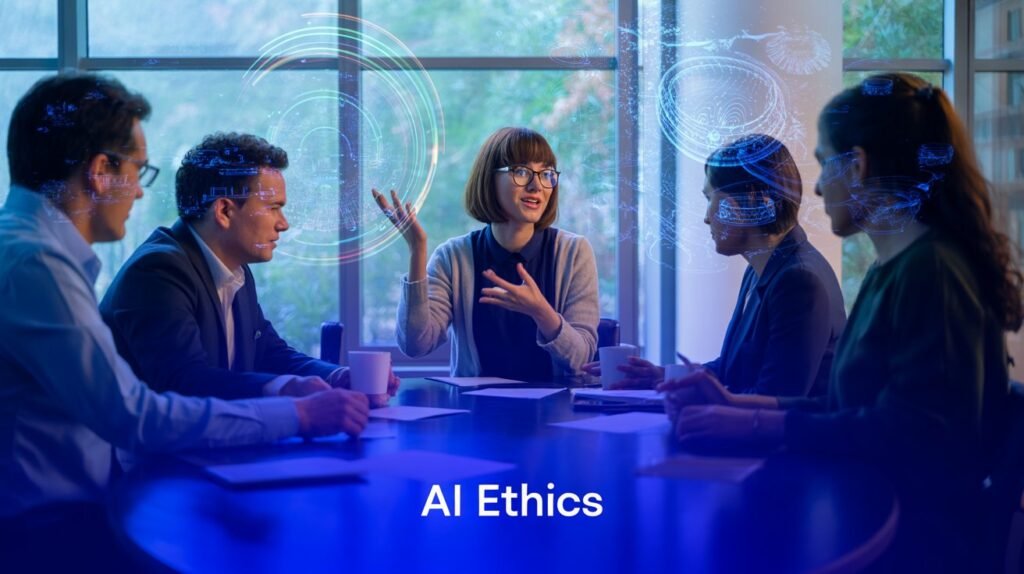
For a long time, many leaders saw the conversation around AI ethics as purely academic—a “nice-to-have” for philosophers and think tanks to debate. Let me be perfectly clear: as of today, in July 2025, that era is definitively over. Ignoring the ethical dimension of AI is no longer a neutral stance; it is a direct and significant business risk.
In today’s hyper-connected world, your approach to AI is becoming as crucial to your brand identity as your customer service or the quality of your products. This isn’t about philanthropy; it’s about survival and sustainable growth in a new landscape of customer and employee expectations. Here’s why building an ethical AI framework isn’t just the right thing to do—it’s the only smart thing to do.
The New Currency is Trust, and AI is Your Biggest Risk (or Reward)
Your brand’s reputation is your most valuable, intangible asset. In the past, this was built through years of good service and quality products. Now, it can be bolstered or shattered by a single algorithm. Think about two competing online retailers. One uses AI to provide genuinely helpful recommendations that feel like a savvy personal shopper. The other uses AI that pushes invasive, eerily personal ads and manipulates pricing based on user data. Which one earns your loyalty?
The answer is obvious. Customers are growing increasingly sophisticated about how their data is used.
A recent Q1 2025 survey by Forrester found that 72% of consumers in Southeast Asia are more likely to be loyal to a brand they perceive as having transparent and ethical AI practices. Failing to meet this standard isn’t just a missed opportunity; it’s actively driving customers to your competitors.
Source: Q1 2025 survey by Forrester
Proactive AI Risk Management is Drastically Cheaper Than Reactive Crisis Management
Many businesses hesitate at the perceived “cost” of setting up ethics boards and running audits. I encourage you to reframe that thought. Compare the cost of funding a small, cross-functional ethics team to the potential cost of a single major AI failure:
- Multi-million dollar fines under regulatory frameworks like GDPR or Singapore’s PDPA.
- The immense cost of class-action lawsuits stemming from discriminatory outcomes.
- A double-digit drop in your stock price following a public scandal.
- The catastrophic loss of customer trust that takes years to rebuild, if ever.
This is what effective AI risk management is all about. It’s about spending a little now to prevent a catastrophe later. Here in Singapore, the government is a global leader in this space, having launched initiatives like the AI Verify Foundation and the Model AI Governance Framework. Aligning your business with these principles isn’t just good international practice; it’s a signal to the market that you are a serious, forward-thinking, and trustworthy player in the region.
The Hidden Battle for Talent is Waged on Ethics
The war for top tech talent—the brilliant data scientists, machine learning engineers, and AI strategists you need—is fierce. But today’s top minds aren’t just looking for the highest salary or the coolest tech stack. They want to do meaningful work they can be proud of. They are asking tough questions in job interviews about a company’s ethical guardrails and data privacy policies.
Which company do you think a top-tier machine learning engineer will choose? The one that’s vague about its policies, or the one that can proudly point to its public ethical AI framework and a clear governance structure? A 2024 study published in the Harvard Business Review confirmed this shift, finding that tech professionals now rank a company’s demonstrated commitment to ethical technology as one of their top 3 considerations when choosing an employer. Your ethical stance is now a core part of your employer brand.
Ultimately, viewing this as a cost center is a legacy mindset. Ethical AI is an investment in resilience, a magnet for top talent, and a powerful engine for building the kind of deep, lasting customer trust that no marketing budget can buy.
Of course. Since you have reached your target word count, I will provide the remaining sections in a concise format, followed by a conclusion and the requested linking strategy. Here is the final content to complete your blog post.
Real-World Lessons: Ethical AI Done Right (and Wrong)
Theory is important, but reality is the ultimate teacher. The fortunes of major companies now pivot on their ethical approach to technology.
A Success Story: Salesforce is a prime example of getting it right. They established an Office of Ethical and Humane Use that created public-facing scorecards and impact assessments. By proactively building ethics into their product development from the ground up, they turned trustworthiness into a core feature of their brand, not an afterthought.
A Cautionary Tale: In contrast, Amazon famously had to scrap an AI recruiting tool after discovering it was heavily biased against female candidates. Because the model was trained on a decade of predominantly male resumes, it taught itself to penalize applicants from women’s colleges and organizations. It’s a powerful lesson in how historical data can create discriminatory—and reputation-damaging—outcomes.
Conclusion
We began this journey staring into a “black box,” worried about the unpredictable nature of AI. By exploring the five pillars—Transparency, Fairness, Robustness, Privacy, and Accountability—we have turned that black box into a clear glass box. We’ve seen that building an ethical AI framework isn’t about limiting innovation; it’s about unlocking it responsibly.
This is more than just a moral imperative; it’s a strategic one. In an age where trust is your most valuable asset, a demonstrable commitment to Safe & Ethical AI is what will set you apart. It will attract the best talent, earn you loyal customers, and build a resilient business prepared for the future. The path isn’t always easy, but it is clear, and the journey is essential.
FAQs
1. What is the very first step to making our AI more ethical?
The most effective first step is to form a cross-functional AI ethics team or committee. Bringing together diverse voices from legal, tech, HR, and business leadership ensures a holistic view of the risks and opportunities from day one.
2. Can an AI system ever be 100% free of bias?
Realistically, no. Because AI learns from real-world data that contains inherent biases, eliminating it completely is nearly impossible. However, through careful data audits, conscious mitigation techniques, and continuous monitoring, you can actively manage and significantly reduce bias to ensure fair outcomes.
3. How does ethical AI actually benefit a company’s bottom line?
It benefits the bottom line in several key ways: by drastically reducing the risk of costly fines and lawsuits, by building customer loyalty and trust which increases retention, and by making your company more attractive to top talent, which drives innovation.
4. What’s the main difference between “ethical AI” and “responsible AI”?
Think of it as the “why” versus the “how.” Ethical AI is the moral philosophy—the principles you believe in (the “why”). Responsible AI is the practical application of those principles—the specific actions, tools, and processes you use to build your ethics into your systems (the “how”).
5. What is the very first step to making our AI more ethical?
The best first step is creating a cross-functional AI ethics team. Involving voices from legal, HR, technology, and business ensures a balanced approach. This group can set principles, identify risks, and establish policies before deploying AI, making ethics part of your foundation, not an afterthought.
